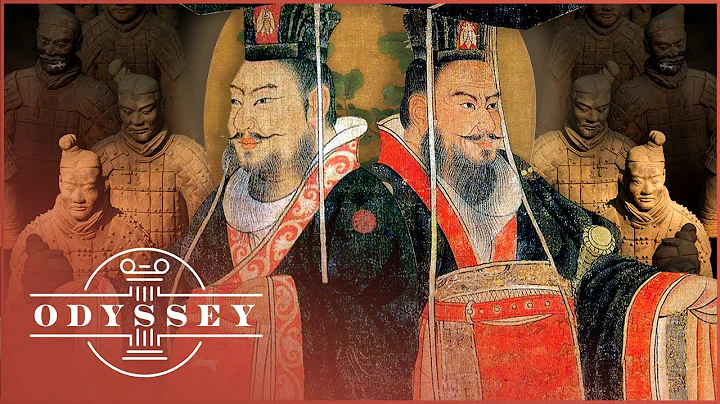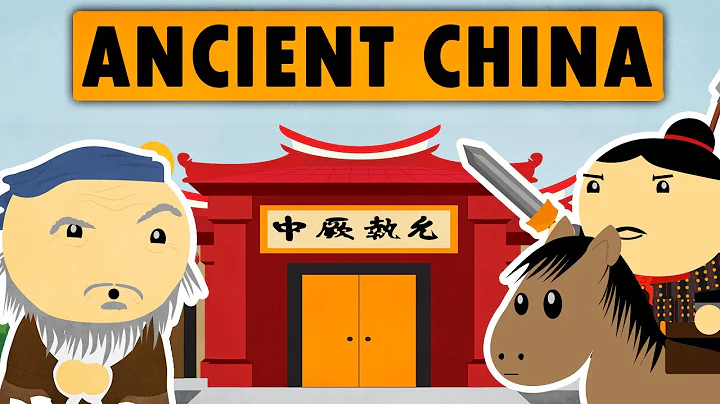When we opened the map, we found that there was a dotted line on the national boundary between China and Tajikistan . Today we follow the map to see the past events of Pamir . What is going on?
Open the map of China and look carefully. There is actually a section represented by a dotted line.

Enlarged picture
As you can see from the picture, the border line between China and Tajikistan is very close to our National Highway 314.

The Pamir Plateau viewed from the satellite
Speaking of Tajikistan, we have to talk about the Pamir Plateau. Viewed from the satellite, the Pamir Plateau shows that the entire area is covered with snow and intertwined canyons. The Pamir Plateau, known as Congling in ancient China, was where the ancient Silk Road passed. It is located in the southeastern part of Central Asia and the westernmost tip of China, spanning Tajikistan, China and Afghanistan . It is the gathering place of many major mountain ranges in Asia, with an average altitude of 4,000 meters to 7,700 meters. "Pamir" means "Roof of the World" in Tajik language.
According to the natural geographical conditions, it can be divided into eight parts, which are called eight "Pa" in literature. In the Qing Dynasty, a monument was erected in Archulpan; a total of eight Karen schools were built in each Pamir; Pamir was a place where the Chinese Tajik and Kirgiz people lived and nomadic until the 1970s. The era has always belonged to China. The Pamirs are divided into eight "Pamirs", from north to south: Heshkuzhuk Pamir, Sarez Pamir, Langkuli Pamir, Alchur Pamir, Big Pamir, Little Pamir, Ta Kdunbashi Pamir, Wakhan Pamir .
Although the Pamir Plateau is said to be the roof of the world, with its snow-capped mountains, there are many small roads at the foot of the mountain that lead directly to West Asia and South Asia, which have made great contributions to the exchanges between Chinese and Western civilizations. It can be said that the Pamir was once the homeland of China.
Back to our topic, why do China and Tajikistan have undetermined national boundaries? What happened next?
In fact, this problem is also a problem left over from history. Let’s briefly analyze it.

The territorial boundaries of the Western Region during the heyday of the Qing Dynasty in 1820
The blue line is the territorial line of the early Qing Dynasty, and the red line is the current territorial line.
After the Qing Dynasty regained southern Xinjiang in 1878, eight Karen were set up from the Alai Ridge to the Karakoram Mountains, and troops were stationed to strengthen the jurisdiction over the Pamir region. Including Lake Balkhash , parts of Kyrgyzstan, Tajikistan, Kazakhstan, Uzbekistan , and Afghanistan are all under the jurisdiction of the Qing Dynasty. The territory of the Qing Dynasty reached an unprecedented prosperity.

Northwestern Boundary AgreementThe large and fertile area in the northwest is thus far away from China
The "Northwestern Boundary Agreement Between China and Russia" signed in 1864 stipulates that the border between China and Russia "goes to Congling, close to the Kokand border." boundary". Pamir is in China. The "Sino-Russian Treaty of Ili" signed in 1881 stipulates that the boundary line between China and Russia in the Pamirs is "determined according to the boundaries currently administered by the two countries." The northwest boundary and the large and fertile area in the northwest were thus far away from China, but the Pamir region was still there at that time.

China-Russia renewed Kashgar boundary demarcation map
On the Pamir: the blue line is the Russian-occupied area, the red projected area is the area to be discussed, and the yellow area is the territory of the Qing Dynasty.
When the 1884 border demarcation and signing of the " Sino-Russian Renewal of the Kashgar Boundary Exploration Agreement", the starting point of the dividing line between China and Russia in the Pamir region was moved from the Alai Ridge in the north of the Pamir to the northeast. Uzbeli Pass , and stipulates that from the Uzbeli Pass to the south, "the Russian border turns to the southwest, and the Chinese border goes south", forming a triangular area with a vertex angle of 45 degrees in the middle, which is the "area to be discussed" ". In this way, and Tsarist Russia occupied a large area of territory in the northwestern Pamirs, and turned part of the territory within my country's "currently administered boundaries" into "areas to be discussed," causing questions about its ownership.

The territory of more than 20,000 square kilometers west of the Sarekol Ridge
In 11891, Tsarist Russia sent troops to the Pamirs, trampled on the regulations that "Russia's boundary turns to the southwest" and invaded the "area to be discussed". In 1892, the aggression was further expanded, and the stipulation that "China's boundary line goes all the way to the south" was violated, and armed forces invaded and occupied our country's territory east of this boundary line. So far, Tsarist Russia has occupied more than 20,000 square kilometers of territory to the west of our Sarekol Ridge .
The Qing government adhered to its principled position on the Pamir issue: Pamir belongs to China. Tsarist Russia sent troops to seize the Pamir and colluded with the British to privately divide it. This was a bandit act that violated China's sovereignty and territorial integrity. It was illegal and invalid, and the Qing government would never recognize it. On the one hand, the Qing government announced that it would "never recognize" the British and Russian occupation of our territory, and expressed strong condemnation and dissatisfaction with its banditry; on the other hand, the imperial court also dispatched additional troops to the border area, along the Sare Kuole Ridge strengthens border security. Although the loss of territory has become a fact, the "final stubbornness" of the Qing government also left hope for the recovery of territory in the future.. The demarcation between China and Russia in the Pamir region can only be based on the "China-Russia Treaty on Renewal of the Kashgar Boundary Exploration". China insists on this right until the Pamir issue is finally resolved.
Successive Chinese governments have not recognized Tsarist Russia’s occupation of our Pamir region. The newly established Soviet government after the October Revolution also admitted that the Soviet Union and China had border issues in the Pamir region. After the disintegration of the Soviet Union , this area was actually controlled by Tajikistan.
In 1997, China and Tajikistan reached an agreement on the disputed Uchibel Pass and Kalazak Pass areas.

More than 1,000 square kilometers of land returned to the motherland
The red projection in the picture is the 3.5% of the disputed land returned to China by Tajikistan. Approximate location map is for reference only.
In July 2000, the three countries of China, Tajikistan and Kyrgyzstan signed the "Agreement between China, Tajikistan and Kyrgyzstan on the Intersection Points of the National Boundaries of the Three Countries", which laid a solid foundation for the complete resolution of the border issues between China and Tajikistan. The result of China-Tajikistan demarcation negotiations in 2002 was that the border was basically divided along the line of actual control.
In May 2002, Tajikistan President visited China and agreed to hand over 3.5% of the disputed 28,000 square kilometers of land near the Pamir region to China, totaling about 1,000 square kilometers of territory, thereby ending the border dispute.
At present, most maps are still divided into dotted lines and are not updated in place. The border line between China and Tajikistan has actually been basically established.
Digression: After the border was established, our relevant personnel conducted on-site inspections and found some precious minerals used for military and national defense in the new land. Can anyone take a guess?
So there is not an inch of land in our country that is redundant. Who knows what treasures are buried under the land.
Follow Lao Wang upstairs, the next article will be more exciting.
Viewed from different angles on the 3D map:

return 1

return 2

return 3
Follow Lao Wang upstairs, the next article will be more exciting.





















